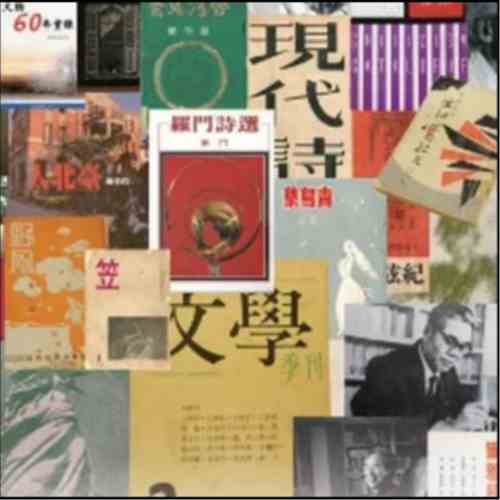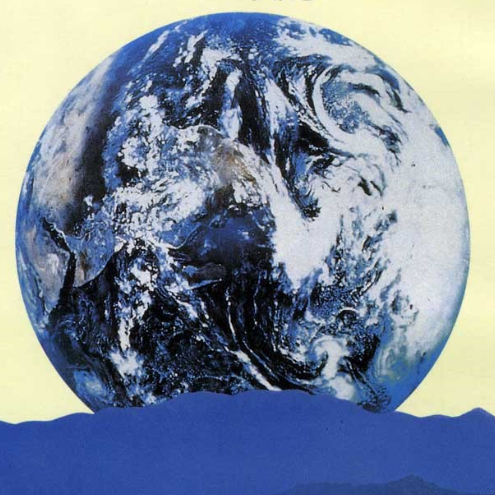The purpose and manner of “traveling,” regardless of the space and the time involved, either the past or the present, have different types for different causes, and all the migration it itself constitutes a starting point for self-identification and dialogue with otherness, and also concerns varying political and economic conditions. The “travel literature” in Taiwan does not emerge from modern or contemporary. It started before the lifting of martial law, and whether it was Chen Chih-fan’s My America Journal (旅美小簡) published in 1957, or Chung Mei Yin’s Travel All over the World (海天遊蹤) published in 1966, all were the popular works that the readers liked to peep at the world through them. In addition, San Mao’s (Echo) The Stories of the Sahara (撒哈拉的故事), first published in 1976, is a travel writing filled with an exotic atmosphere, shaping an independent, bold, and romantic style of literature with Gypsy’s state of mind.
.jpg)
Ed., Hu Jinyuan, An Anthology of Contemporary Taiwanese Travel Literature.
.jpg)
San Mao, The Stories of the Sahara.
In the late 1990s, two airlines of Taiwan sponsored, in cooperation with the print media, Travel Literature Prizes which led a wave of travel writing. Reviewing the content and nature of winning entries, one can identify the aesthetic consciousness behind the selections of these works closely followed the tide of globalization and progressive ideologies, which were shaped by a highly developed capitalism. That is, the selected routes and destinations are relatively easy to reach and have pronounced commercial, cultural, and artistic flavors, and hence are the favorites of writers and readers, which affect the mass and frequent publications related to traveling being presented mostly in a form of cultural goods. Therefore, contemporary Taiwan's travel literature was destined for having some limitations on its progress of development. Its perspective seemed to be diverse and pluralistic, but in fact, is confined mostly in the cages of commercial and cultural empires.
.jpg)
Liu Kexiang, 11 NT Train Trip.
.jpg)
Shu Guozhi, Ideal Afternoons: About Travel and Also About Roaming.
If we compare the works of travel literature by Taiwanese writers with those of foreign writers published in Taiwan in the same period, we could know that there is a marked lack of hardcore, adventurous, and highly self-reflective type of works in contemporary Taiwanese travel writing. Fortunately, there are still certain authors of great ingenuity have taken the readers to enjoy different landscapes of this world. For examples, Shu Guozhi, a writer with the silhouette of Walter Benjamin’s “Flâneur” constantly on the road, regarded as a traveler that is a successor to Jack Kerouac's “Beat Generation” in the 1960s, is an old soul who is able to identify delights and meanings from ordinary things or in the neighborhood’s alleys; and, Liu Kexiang, with his always very slow movements, shuttles back and forth on railways and among small towns in an attempt to depict the sophisticated and vast aspects of scenes of the island where the common people live. Furthermore, the younger generation writers, such as Shieh Wang-ling and Dadelavan Ibau, whether to answer their own spirituality confusions, or to echo the plight of her ethnic group or women, they journeyed through the mountains in Tibet, as if exploring a path of alternative, rough, but far-reaching significance in the travel literature of contemporary Taiwanese.








